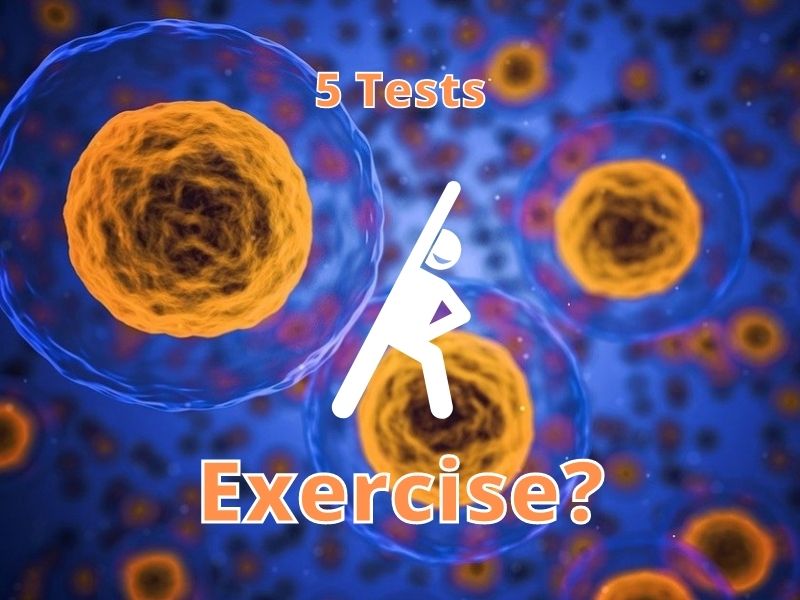I can recall many times throughout my life when I felt like I needed to exercise more. I kept a fairly active lifestyle, yet when I was engaged in activities that demanded cardio fitness I felt winded. I didn’t realize I was unable to accomplish some physical activities until I tried them.
We all need to exercise about 30 minutes a day to help our bodies stay in good condition. This is in addition to normal daily activities. Testing your cardio ability and checking your body for signs of inactivity will help you recognize if you need to exercise?
As a teacher, I was always on my feet and busy all day, but If you asked me to run a mile, there was little chance of me being able to do that. I looked fairly fit but my body said otherwise. We’ll look at signs your body is telling you and tests to try that indicate exercise is needed.
Why Exercise?
Sometimes I think, “Why exercise?” It takes so much time out of my day and there seem to be few results that come even after months. Thoughts like these can discourage us from exercising and being consistent.
There are many reasons to exercise: for fun, for adventure, for an addition to your skillset, for weight control, for muscle growth and toning, and one that I feel is the most important reason, for your health.
Our body is just a big collection of cells. Our cells need to do their jobs to help us stay healthy. Exercise helps our cells and provides supports for the cellular mechanisms that help us stay healthy. (See article)
(Before doing any exercise program consult your doctor. This article is for educational purposes.)
No. 1 – Test Your Heart Beat
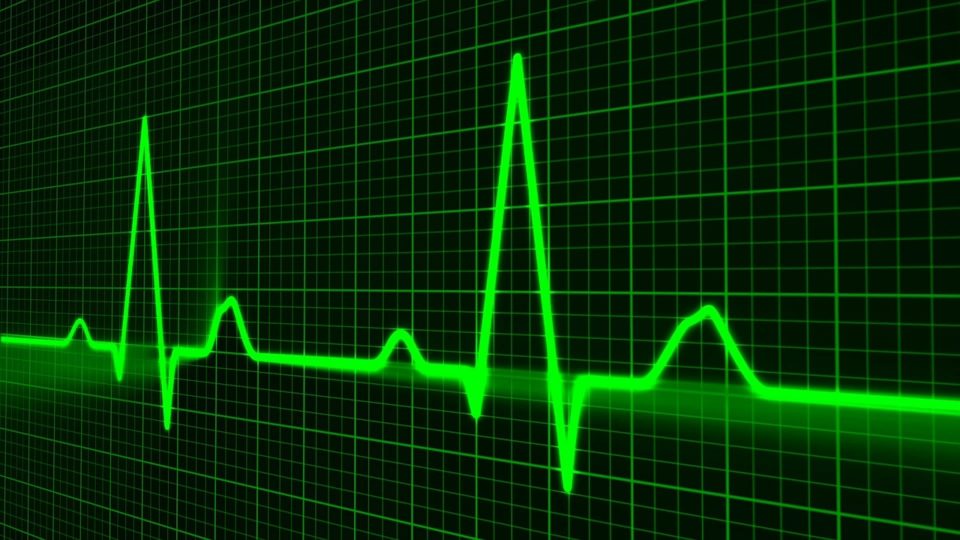
Method 1 – Walking
Our hearts can tell us a lot about our fitness. A cardio test can show us how much effort it takes for our heart to pump blood through the body. So where should we be?
Each person’s fitness goals should be different. We are all starting at different points and have different needs. But when testing our hearts we can measure our fitness based on a 30 minute exercise period that most doctors recommend.
Try walking. Walk for up to 30 minutes or until you feel your heart start to beat with greater effort. If you feel like stopping to rest, you’ve probably hit your fitness level goal, that you can then work toward improving.
If you can walk for 30 minutes, then you can exercise by walking for 30 minutes a day and increase your health over time. If not, you can work up to 30 minutes of walking exercise each day.
Method 2 – Heart Rate Monitor
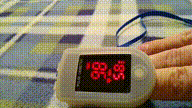
Taking your heartbeat can show you your resting and active heartbeat levels. These levels can help you determine your level of fitness to a degree. I use a fingertip pulse oximeter to check my heart rate.
If you have a heartbeat monitor, this is an effective way to see your heartbeat in real-time. These are good tools for those who need to monitor their heart health and monitor their fitness progress.
Always see a doctor to check your heart health even if your heart rate seems really good. They will notice how your heart operates during a check-up and be able to give you the information you may need before starting any exercise program.

Some people like to use smartwatches to monitor their heart rate. These are also a great tool but can’t replace a doctor when it comes to accurately monitoring your heart health.
If you feel there are issues with your heart while monitoring it over time, it’s best not to jump to conclusions and ask your doctor for help in determining if it’s something you need to be concerned about.
As you monitor your heart regularly you can see how your heartbeat differs in different situations over time. This will help you get a sense of your overall heart rate most of the time while resting and during activities.
Method 3 – Use Your fingers
There’s a way to check your heart rate at any time of the day without any devices by using two fingers. If you want to monitor your heart rate at any time check your pulse yourself.
To check your pulse many people find it easiest to self-check they’re using their neck artery while others use their wrist. You’ll need to try both to see which is easier for you.
You’ll need to count how many beats there are in either 10 seconds, 30 seconds, or 60 seconds. The longer you count the more accurate it will be. If you count for 10 seconds multiply the counted number by 6. If counting for 30 seconds multiply the number by 2, and for 60 seconds it’s the number of beats you counted. A timer would be helpful when counting beats, but you can also use a clock with a second hand.
To check your pulse using your neck you would take the following steps:
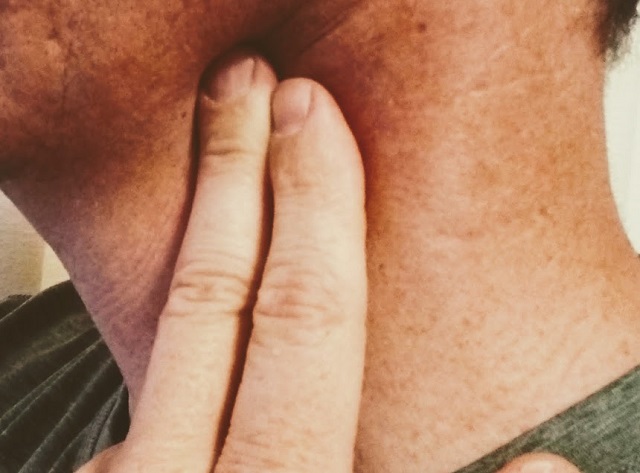
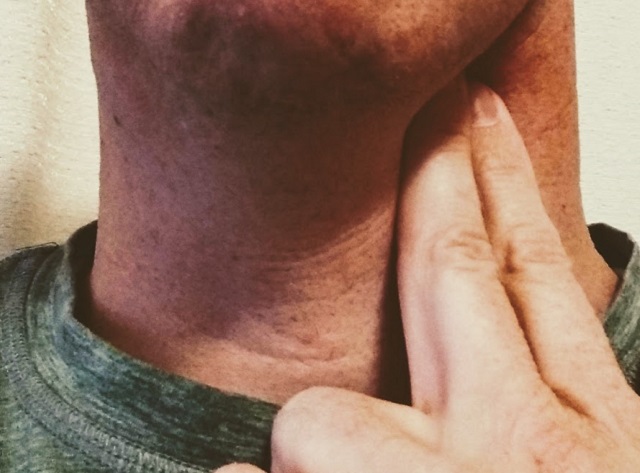
- Sit up straight with your head looking forward.
- Place your index and middle fingers together on the side of your neck pointing up below your jaw.
- Slide your fingers toward your windpipe until your finger touches the windpipe.
- Tip: I find push into the windpipe slightly helps me find my pulse and not pushing too hard helps.
To check your pulse using your wrist you would take the following steps:
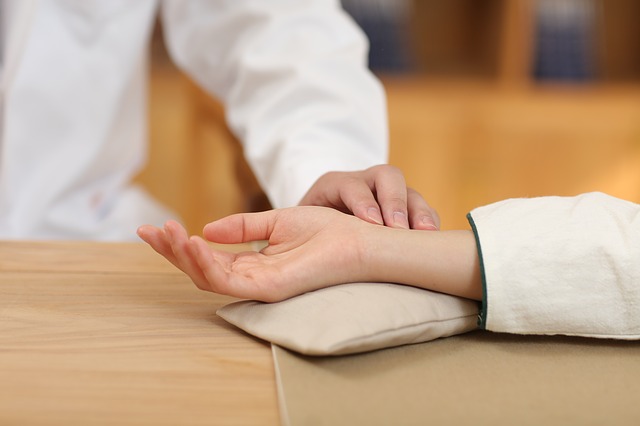
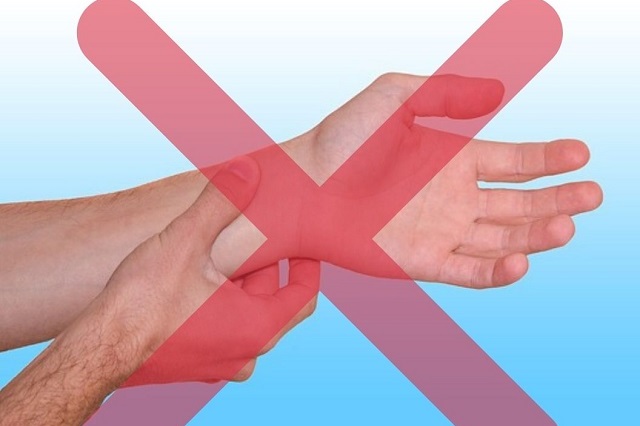
- Place your arm on a flat surface with your wrist up.
- Place your index and middle fingers together on your wrist after the tendon on the thumb side .
- Press down lightly and if you can’t find the pulse try pushing down harder.
- Tip: Don’t use the thumb because you may be feeling the pulse from your thumb not your wrist.
After you’ve found your resting heart rate you can compare it with the chart below. Is your resting heart rate low, high, or average? Although a high heart rate could mean your health needs some work, a doctor can check for any other problems and let you know in more detail about heart health and the overall need for exercise.
A low heart rate could mean you are athletic but it could also mean something else. I’ve had low heart rates in the past, but I wasn’t exercising regularly.
A good reason to take your heart rate regularly is to monitor what changes are occurring over time. You can take your resting heart rate in the morning, afternoon, and evening to see if there are changes during the day that may cause your resting heart rate to increase and decrease.
As you monitor over time you’ll better be able to get a sense of your overall heart health and how exercise impacts your heart rate over the course of several months and years.
This Chart can give you an approximate idea of where you are along the spectrum of heartbeat rates.
Approximate Resting Heart Beat for Men (Ages 18 – 65). Women should add about 4 beats to these numbers.
|
Poor heart rate |
BeLow average |
Average |
Above Average |
Great heart rate |
|---|---|---|---|---|
|
Above 82 Beats |
75-82 Beats |
70-75 Beats |
59-69 Beats |
48-58 Beats |
No. 2 – Test Your Endurance. Repeat an Exercise.
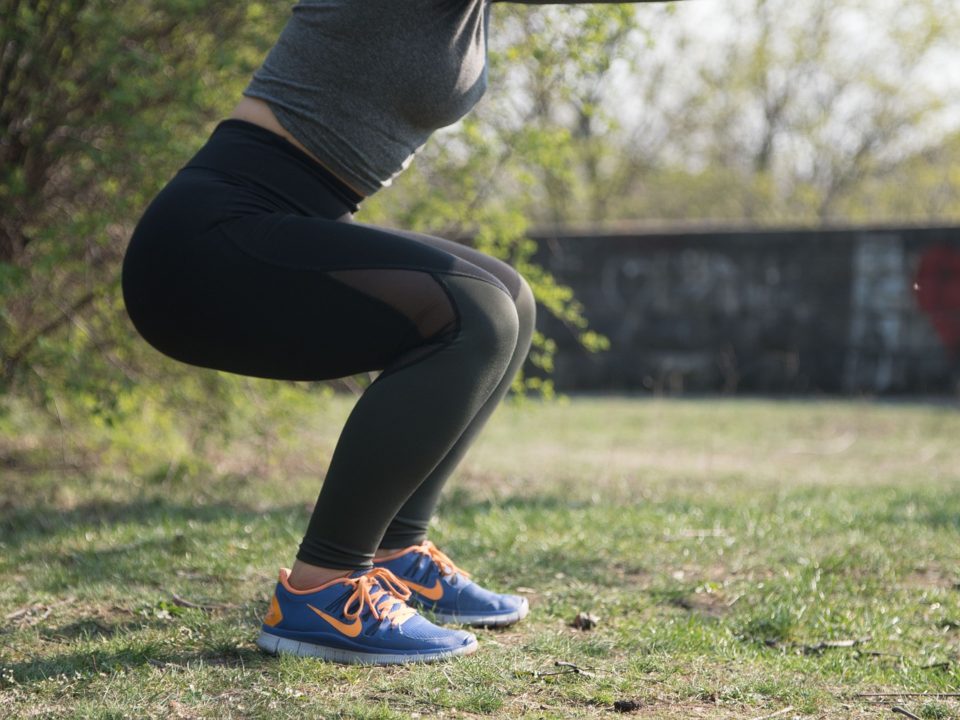
You can try to test your fitness by repeating an activity 10 times in a row or for about a minute using your large muscle groups. Your level of cardio fitness and muscle strength can be determined in part by repeating various whole-body activities several times in a row.
Some people can sit and stand ten times in a row and feel a slight rise in their heartbeat while others can feel a great strain on both the heart, breathing, and muscles.
While there are different reasons why people might find it difficult to accomplish this task, one reason is their level of fitness.
Other activities you can try that will help you get a sense of your fitness level are:
- Climbing stairs for a minute
- Quick walking for a minute
- 10 squats, or picking 10 things off the floor one at a time and placing them up on a shelf without stopping.
- Swimming from pool end to end for a minute without any stopping
- Knee lifts for a minute
- Jumping jacks
- Jumping rope 10 times in a row
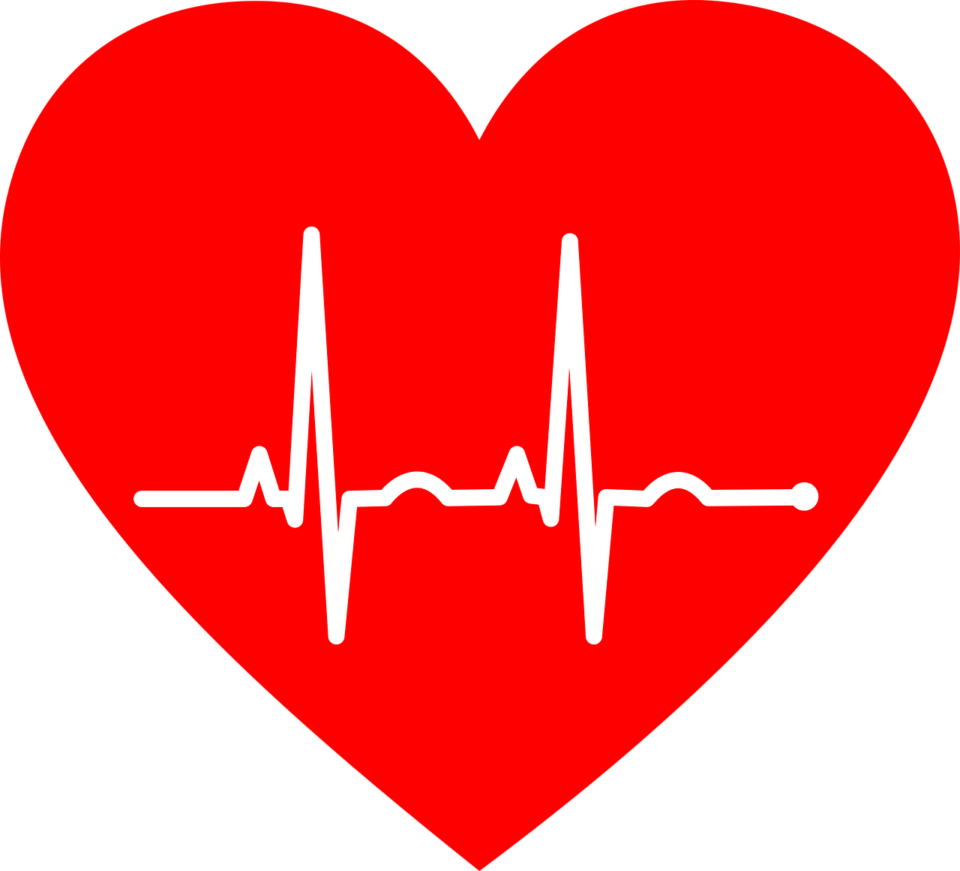
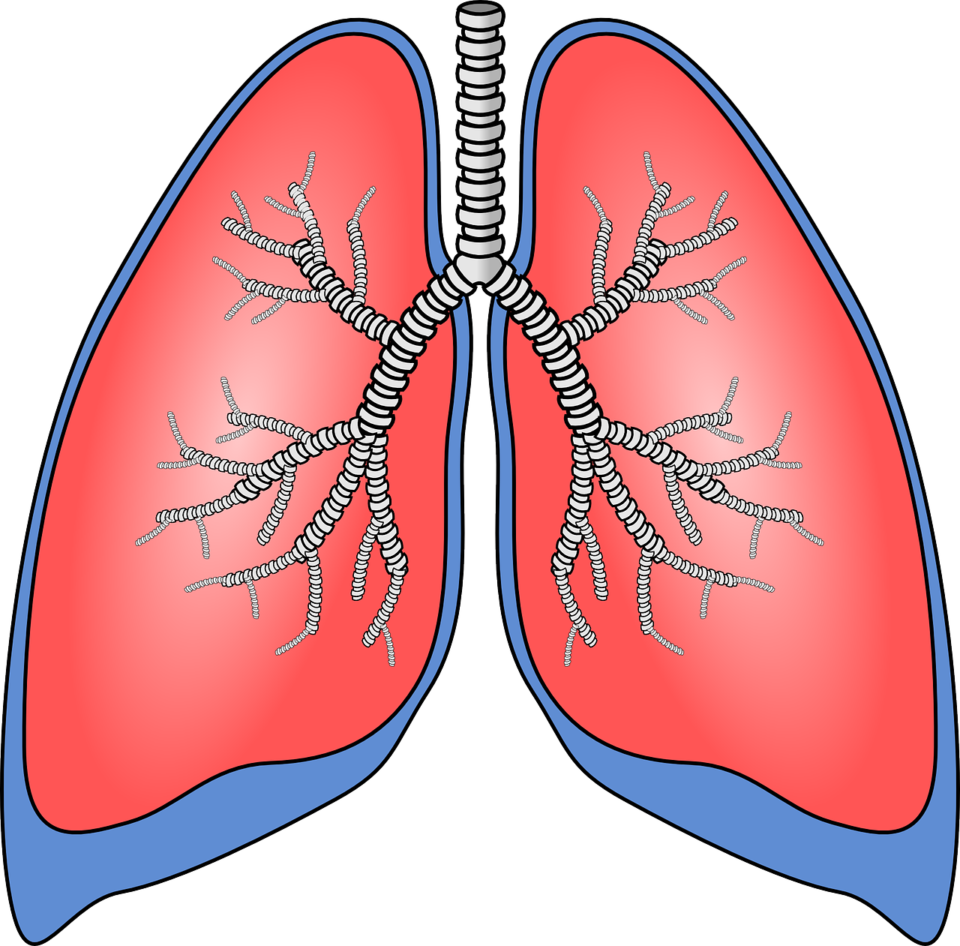
Once you complete an activity monitor your heart rate and see if it goes down to normal fairly quickly or if it takes more than a minute. The longer it takes to recover, the longer your heart is trying to send oxygen to your body.
The same goes for your breathing. If it takes you a while to catch your breath after a minute of continuous exercise, that means your body is working hard to get oxygen to where it is needed.
If you recover fairly well within about a minute, your heart and lungs didn’t have to work too hard because your body is used to this level of work.
So, if you took longer than about a minute, your body isn’t used to this level of work and it requires your heart and lungs to work harder than normal to get oxygen to all your body parts that need it.
No. 3 – Test Your Waistline and Weight

Our body fat impacts our overall fitness and can give us an indication of fitness. Some of us look fit but have clogged arteries while others are overweight and have fairly clean arteries. So a regular check-up from the doctor can help us monitor our overall health.
Whether your extra weight is on the inside, as fatty tissue surrounding the organs, or outside as belly fat, it will impact your health. Unfortunately, we can’t see what’s going on inside, so we usually measure using scales to check our weight and look in the mirror at any observable fat.
To test for a healthy weight, use a chart for your sex and height to determine where you should be. Each person is different and has different amounts of muscle, bone, and fat. A chart can give a general idea of where you’re at.
For example, a 4′ 10″ woman who weighs less than 96 pounds may be underweight and a woman who is about 119 pounds for the same height may be overweight. While adding more than 25 pounds to a woman who weighs 119 pounds would likely mean that a woman this height is obese.

After you’ve checked the chart it’s important to consider all of the factors behind your weight such as muscle, bone thickness, and fat.
Things to consider when looking at a weight chart. Muscles weigh more than fat per volume. Larger bones mean a larger frame and you can expect your weight to be closer to the above number column for your average weight. And last, remember fat is less dense than muscle.
So if you have a lot of muscle, your weight average may be on the higher end of the weight chart.
While looking in the mirror we can check out where our fat is located. If women have fat around their hips and bottom, then this will affect their health differently than those who have a larger belly and love handles.
The theory is that where your fat is stored affects the health of your body. People who have fat around the hips tend to have less risk of “diabetes, heart disease and other complications of metabolic syndrome.” (Mayoclinic.org)

While looking at your fat, it’s good to think about it in terms of how it affects your overall health. I tend to eat plenty of sugary foods. People look at me and say that I am skinny, but I know my diet isn’t always the healthiest.
I know that inside my body my diet has had an effect on the health of my organs and there may be fatty tissues developing inside as a result of too much sugar. (Webmd.com)
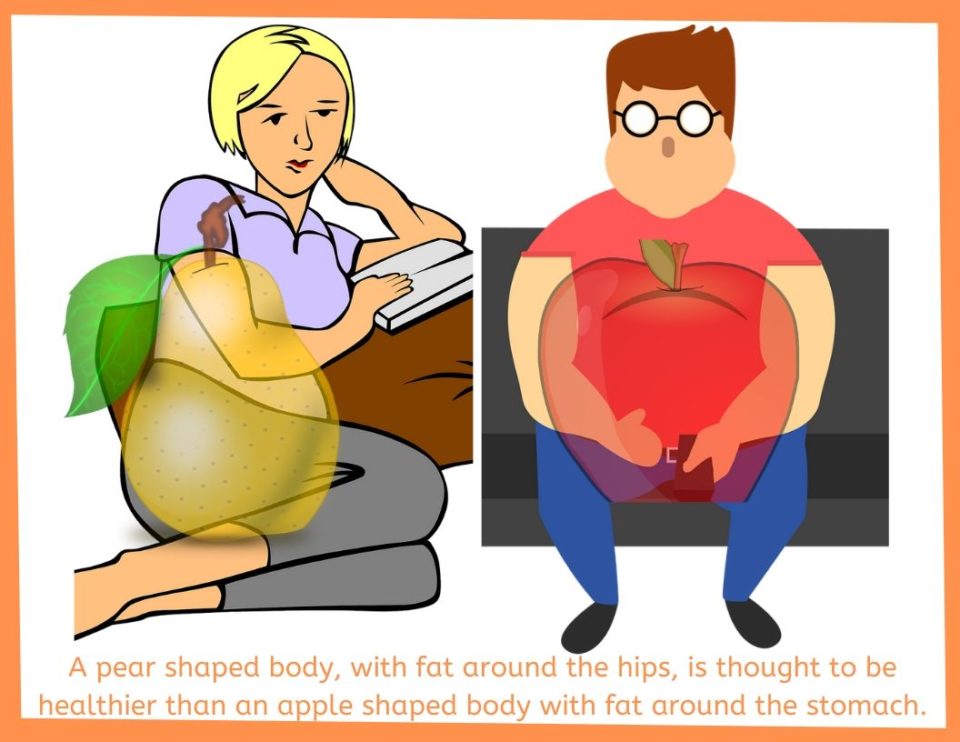
So, as you look at your body, consider what your diet has been like over the years and consider what impacts it is having on your health. We tend to be our toughest critics, so a gentle approach can work toward helping motivate ourselves to take positive action.
Try thinking about what you want, and what steps you can take that are simple and easy to get into the habit of doing. I think just drinking the daily recommended amount of water (article) does a great job in helping me with a healthier diet with fewer cravings, and a lot of good side effects.
No. 4 – Test Your Sleep and Stress
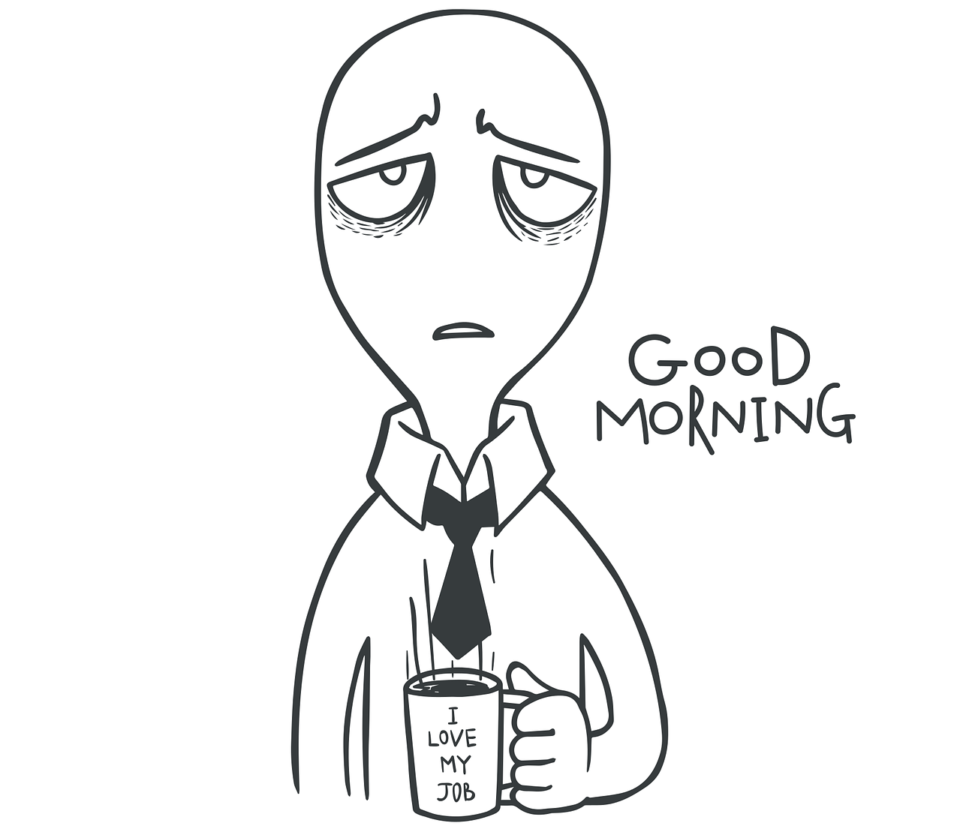
If we are not getting enough exercise we may not be sleeping well, and if we are not sleeping we may be stressed and may not feel like we can exercise. Sleep and exercise go hand in hand to help us stay healthy.
Even when we are not feeling stressed but lack sleep, we are put strain or stress on our body by making it work overtime without a rest.
Exercise is needed for stress reduction. It may seem counterintuitive to exercise if you’re already tired, but if you go to bed and can’t sleep exercise may be the one thing that helps.
Usually, the results of stress take a while to show up as unhealthy effects on the body. If you are a student, studying for exams, and getting little sleep, you may feel less energetic and more prone to forgetting things. After exams are done you can sleep and help your body recover some from the stress that you felt.
Our bodies need to repair themselves and sleep is when much of this activity occurs. If we are consistently lacking sleep, the body is put under more stress and can’t function at full capacity.
Over time lack of sleep causes problems such as memory, focus, mood, lowering the body’s immunity, blood pressure, weight gain, risk of heart disease, and diabetes. (Healthline.com)
Testing Stress
Stress can be reduced when more sleep is achieved. One way to test our stress is to take a break during the day to meditate for short periods and taking a 20-minute nap to recover a bit. How well do you feel after?
Another way to test your stress is exercise. How do you feel after a consistent 30 minutes of lite exercise?
If you feel quite a bit better, you may have low to high-stress levels. Some stress will make bigger changes to result in a noticeable difference.
As you exercise you will be able to reduce stress and get a more restful night’s sleep, further letting your body heal and recover.
Testing Sleep
Keeping a log of your sleep or using a smartphone or watch to help you monitor your sleep can let you see how well you’re doing. If you need help with sleeping more you can make tweaks to your routine to see what works.
As you keep a record you’ll notice how well you are sleeping over time and see the possible reason behind the lack of it.
Maybe you’ll only need to change one thing to get more sleep. Many people claim that not eating or drinking (except water) 3 hours before bed makes a big difference in their ability to sleep well. I’ve tried it too and have had positive results.
After reviewing your sleep patterns, take time to set a goal for better health and review how exercise can fit into your schedule to get the best results with stress reduction and good sleep.
No. 5 – Test Your Mood
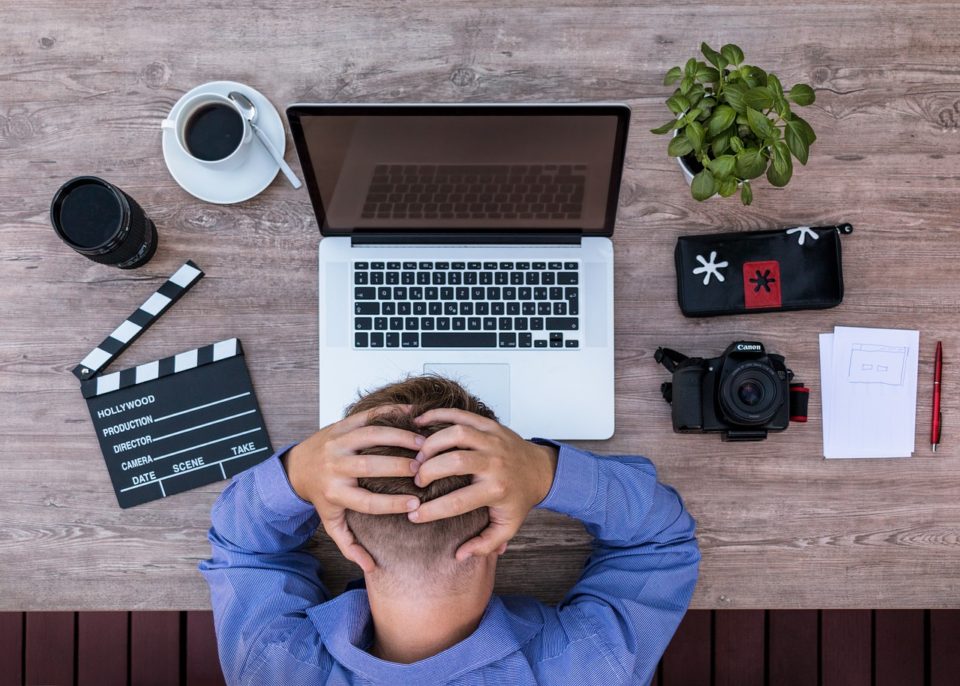
There are many signs to look for when you’re wondering if your body needs exercise. If you’re unhappy or depressed, this is a sign that exercise may be just what you need to help elevate your mood.
If you feel unmotivated, tired, sad, you’re one of the millions of adults that have different forms of depression and possibly anxiety. I have felt these feelings as well and have felt the positive influence of exercise over time.
The best way for me to help myself get the benefits of exercise into my life was to just show up. I had to reassure myself that I wasn’t going to make myself go through a grueling task just to get some exercise.
I’ve learned that exercise can be enjoyable and not a depressing experience. One of the best ways I’ve felt the positive influence of exercise is by walking for 30 minutes. It never felt too hard, and I always had a lift in mood.
I would listen to music or a podcast and walk around my neighborhood. There were many times I didn’t want to go out and walk, but I did it anyway and felt better by the time I got back. There was a recognizable change in my mood.
Keeping a journal of how you feel can help you see if you are occasionally depressed or if you have a more serious condition. If you feel depressed, talk to your doctor and ask for help.
Chemical levels in the body can change over time and exercise has been shown to help release mood-lifting chemicals in the body.
The steps that helped me get over feelings of depression and exercise more are the following:
- Buy some exercise clothing and shoes. This helped me feel some motivation to try out my new clothing.
- Show up. I scheduled specific times to exercise and let myself know I didn’t have to exercise if I didn’t feel like it, but I did have to show up.
- Music. I listen to music that I enjoyed or a program that I was interested in.
- Drink water. I started to recognize I was dehydrated and when I was drinking water consistently exercise felt a lot easier or didn’t feel as difficult.
- Exercise anytime or place. I tried to not limit myself to when I should exercise, but opened myself to make myself available so I can go in the early morning or later at night.
- Tell someone what I am doing. Sharing a positive benefit of exercise helps me think about it more often.
What are the Signs that you Need to Exercise?
If you are a human you need to exercise. There are medical conditions that prevent some people from exercising, but the rest of us need to do physical activities to maintain our health.
If your job is very physical, you have the benefit of getting some exercise, but additional exercise should be a goal as well. It will help your heart, muscle, immune system, and mood.
What are some of the signs that are letting you know exercise is something you need to start doing? We’ll look at what your mind is telling you, your diet is telling you, your stomach is telling you, your muscles are telling you, and your bones are telling you.
Sign No. 1 – Your Mind is Foggy

If you’ve ever wondered how you create new memories, you may know that the synapses are key to new learning. We need to create new neural pathways to help us store memories.
If you’re having a hard time with learning or memory, exercise can help. Exercise works by creating an environment so the brain can create new neurons. Your ability to remember things will be enhanced as you exercise.
So if you are not feeling sharp and having difficulties with remembering, this is a sign that exercise can be helpful. It may be most helpful if you engage in cardio activities that get your heart rate up for longer periods, such as swimming and riding a bike.
We get the benefit of more oxygen to the brain, along with the chemicals that help us feel good and help the brain communicate better between neurons. As a result, we perform better when learning and remembering things.
Sign No. 2 – Your Diet

We all have eaten healthy and unhealthy at different times in our lives. But can our diet be telling us that we need to exercise? I think it can give us a lot of clues about what to do.
The amount of energy our bodies need and use each day should be part of how we decide on how much food and what kind of food we eat. Unfortunately, we don’t see a display of the number of calories we’ve eaten displayed on our body somewhere and how much we’ve burned.
We have to do the calculations ourselves to determine our calorie intake. As we keep track of our food intake we can see how much energy has gone in, and based on our body type we can determine if we are not eating enough or too much.
If you’re not eating enough this is a sign you’ll want to be careful with how much exercise you do, since you don’t want to cause harm to your body. If your eating too much this is a sign you can exercise the recommended amount your doctor suggests.
Check out Calculator.net to input your body measurements and find out about how many calories you should consume to gain or lose weight.
If you’ve kept a log of what you’ve been eating and how it has affected your weight, you’ll see the signs of eating too much or not enough. Eating a variety of foods will give you a nutrient-rich diet that can expand your tastes, give enjoyment, and provide many health benefits.

If you’ve tracked your food intake, decide what needs to go and what new items you can bring in. This can be done little by little so you won’t get overwhelmed.
When people start a new diet they often quit because of the difficulty of so many changes. A lasting diet should be put into place slowly, with small changes over time so you can adjust to the changes unless advised by your health care professional.
A healthy diet is a sign you’re healing and maintaining a healthy body that can get even more benefits with a regular exercise routine.
A poor diet is a sign you’re hurting your body and exercise is needed to maintain your body functions better and start the healing process.
As you track your food start to track your exercise as well. Make sure to introduce your exercise in manageable bites just like your diet. How many times have people made a new years resolution to go to the gym and failed after a month?
If you maintain a consistent exercise program it will probably be because you haven’t gone beyond your limit of what you can reasonably accomplish.
The signs that you need to exercise can be seen in how your diet affects your body. You need exercise for both healthy and unhealthy diets. Your doctor can give you advice about what to do to exercise for your health condition and diet choices.
Exercise needs can vary from person to person. When estimating how many calories we’ve burned it may be very different for each person because of their metabolism and how they process their food.
Many people lose lots of weight by changing their diets. They feel better and have fewer health problems.
Exercise is not going to help you lose weight fast but choosing a healthy diet and exercising can change how your body works and can give you a happier healthier body.
Sign No. 3 – Your Stomach
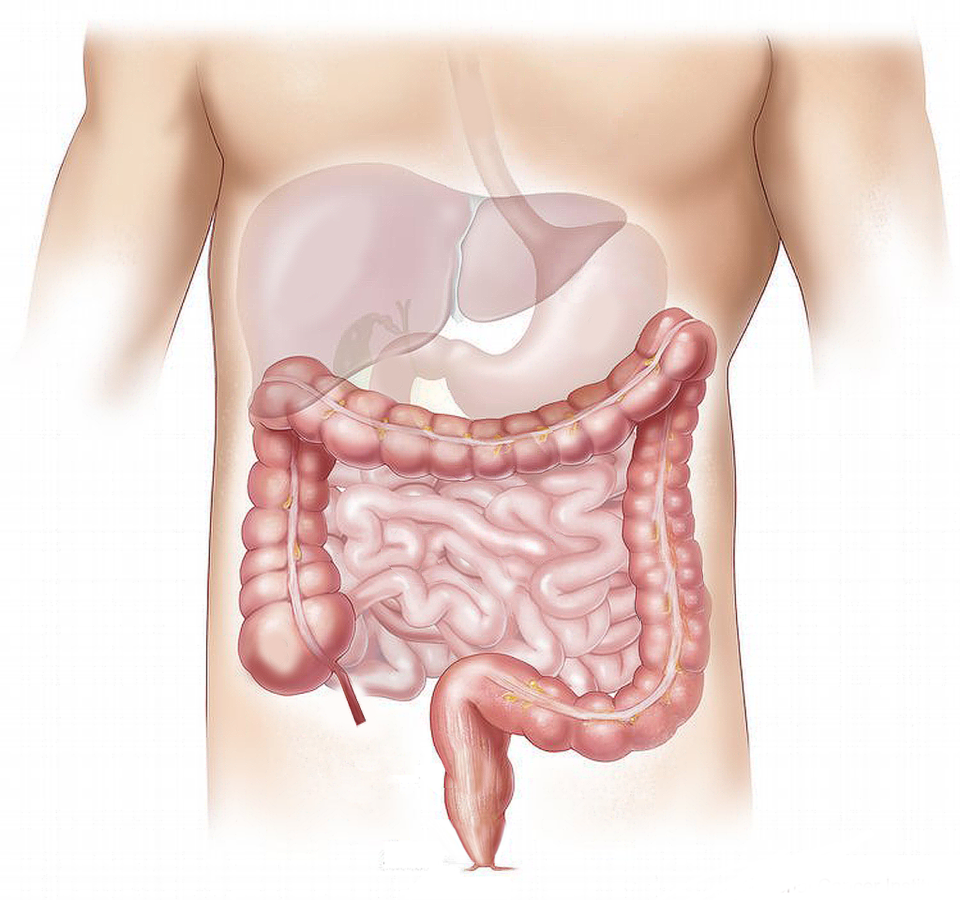
Along with your diet choices, you’ll notice your stomach may be giving you signs that it is having trouble processing the food you eat every day. There are many reasons for bowel troubles, but many find help with some stomach issues by exercising.
When we have a bowel movement we may have constipation. Exercise can help us to move the waste along and prevent it from getting too dry and hard. When we exercise regularly we will have better bowel movements.
As we consistently exercise our stomach gets healthier and can work more effectively with a better supply of blood versus those who don’t exercise and less blood is available because it is needed elsewhere to provide vital organ support.
As we exercise, we will be able to reduce the stress that may cause an upset stomach and can help relieve gas and bloating.
Tone Down Your Workout
Some stomach problems may be influenced by how hard we work out.
If you are prone to heartburn remember that heavy exercise may actually activate your heartburn, so caution should be taken if you experience this issue. You may need to tone down your exercise and find something a bit gentler.
If you are exercising too hard or for too long you can also develop gastrointestinal problems. If you start to experience issues consult your doctor and consider taking things slower for a while.
Sign No. 4 – Your Muscles
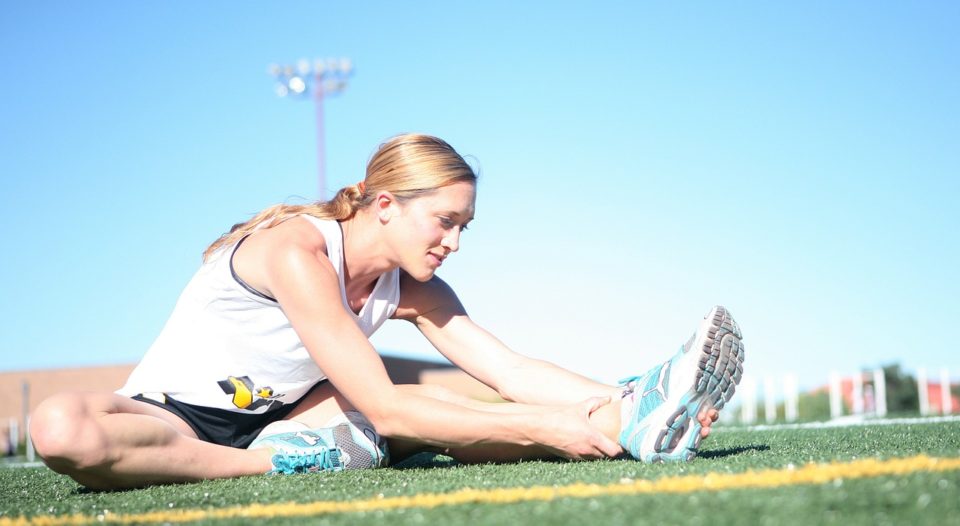
There are many signs to look for when you’re wondering if your body needs exercise. One sign is your muscle soreness after a workout. Muscle soreness is normal if you are working muscles that haven’t been used for a while.
Bodybuilders often have sore muscles much of the time. But if you are exercising regularly you shouldn’t be feeling muscle pain for days after a workout.
As a guideline for most people, we need to make slow consistent efforts to exercise and work up toward a goal so our muscles will not be sore all the time. If you have muscle soreness it may mean you need to exercise those muscles more often.
Remember to stretch your muscles if they are sore, get a massage if you can, and drink plenty of water. The more consistent exercise you get, the less likely you’ll have sore muscles in the future.
Sign No. 5 – Your Bones

Our bones can give us signs we need more exercise. Joint health can be influenced by exercise. If you’re a runner who has run a marathon, your joints will be aching for a while and you’ll need to give your body a chance to recover and heal.
For others who are not exercising regularly, their joints seem to hurt with very little exercise. What should they do? It’s always a good idea to get a check-up from your doctor if you think you have joint issues, but exercise can help joints feel better over time.
A consistent exercise routine that isn’t high impact on the joints, such as swimming or walking, will help supply fluid to the joints to aid in cushioning and help those with arthritis.
As you exercise your stiffness will lessen and your bones will get stronger. Your cartilage will get more nutrients and may better be able to provide some cushioning.
Joint pain will lessen over time as we exercise and as long as we are gentle on our joints and doing low-impact exercises.
Conclusion
We can all use a little more time thinking about how we can treat our bodies with respect and do healthy things for them. As we test our health and look for signs that our bodies are giving us we can modify our diets and exercise to meet our health needs.
I believe that exercising for 30 minutes a day can have a great impact on the lives of those who do it consistently. Whether it’s walking or cross-fit, we will see improvements in our physical, mental, and emotional well-being as the months go by.
Thanks for visiting Helpshoe.com

